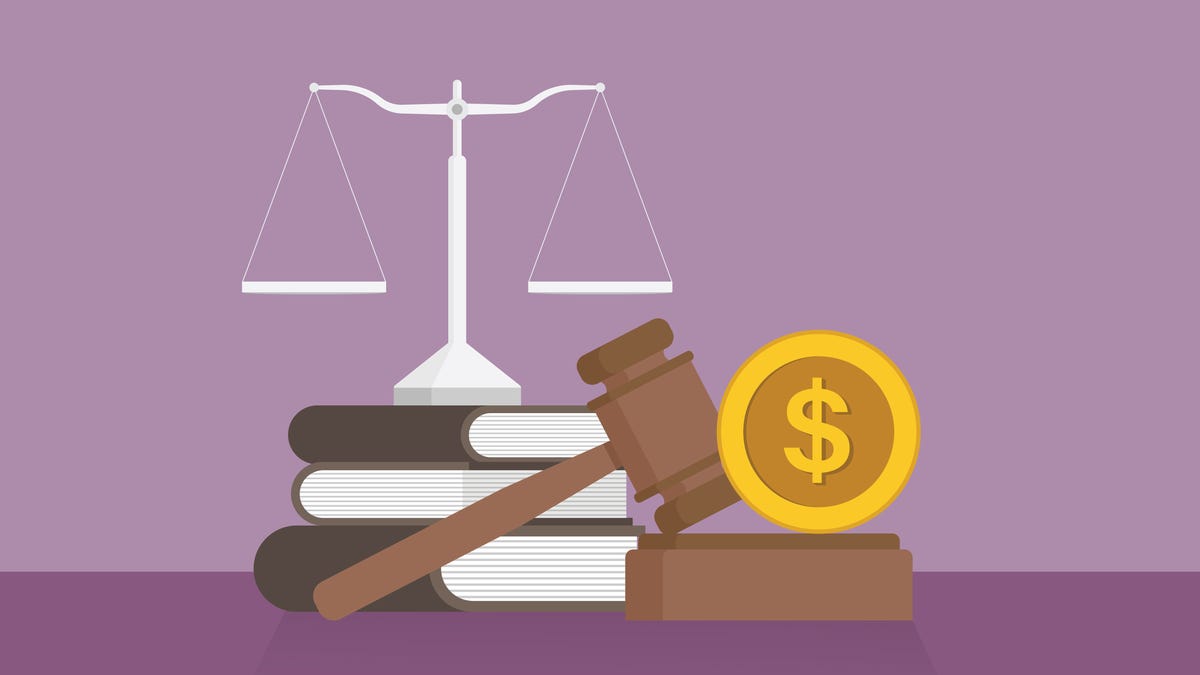
Navigating Debt Relief: Decoding the Regulatory Landscape
Embarking on the journey to financial recovery often involves understanding and navigating the intricate landscape of debt relief regulations. In this exploration, we unravel the complexities of these regulations, shedding light on the legal framework that governs the process of alleviating financial burdens.
The Legal Framework: An Overview of Debt Relief Regulations
At the heart of debt relief lies a structured legal framework designed to protect both creditors and debtors. Debt relief regulations set the rules of engagement, outlining the procedures and obligations that both parties must adhere to throughout the debt resolution process.
Types of Debt Relief: Understanding the Options
Debt relief comes in various forms, each governed by specific regulations. From debt settlement and debt consolidation to bankruptcy proceedings, understanding the nuances of each option is crucial. Debt relief regulations play a pivotal role in shaping the parameters and eligibility criteria for each avenue.
Consumer Protection: Safeguarding the Rights of Debtors
One of the primary objectives of debt relief regulations is to safeguard the rights of debtors. These regulations incorporate consumer protection measures, ensuring that debtors are treated fairly and transparently throughout the debt relief process. Understanding these protections is vital for individuals seeking relief from financial burdens.
Creditor Compliance: Adhering to Legal Standards
While debt relief regulations aim to protect debtors, they also impose obligations on creditors. Creditors must comply with legal standards and follow prescribed procedures when engaging in debt resolution activities. This ensures a balanced and lawful approach to resolving outstanding debts.
Disclosure Requirements: Fostering Transparency
Transparency is a cornerstone of debt relief regulations. Creditors and debt relief agencies are often required to provide clear and comprehensive disclosures to debtors. These disclosures outline the terms of the debt relief arrangement, ensuring that debtors have a full understanding of the implications of the chosen path.
Eligibility Criteria: Navigating the Qualification Process
Debt relief regulations establish eligibility criteria that debtors must meet to qualify for specific relief options. Whether considering debt settlement or bankruptcy, understanding the qualification process is crucial. Compliance with eligibility criteria is essential for a successful and legally sound debt relief journey.
Regulating Debt Settlement Companies: Consumer Advocacy
Debt settlement companies play a role in the debt relief landscape, negotiating with creditors on behalf of debtors. Debt relief regulations often include provisions to regulate these companies, ensuring ethical practices and protecting consumers from potential abuses. Awareness of these regulations is vital when engaging the services of a debt settlement firm.
Bankruptcy Proceedings: Legal Pathways for Debt Relief
For some individuals facing overwhelming debt, bankruptcy may be the most viable option. Debt relief regulations govern the various chapters of bankruptcy, establishing the procedures for filing, eligibility requirements, and the discharge of debts. Navigating these regulations is essential for those considering bankruptcy as a debt relief option.
Accessing Josslawlegal.my.id for In-Depth Guidance
For those seeking in-depth guidance on debt relief regulations, Josslawlegal.my.id offers a comprehensive resource. This online platform provides insights into the legal intricacies of debt relief, offering valuable information for individuals navigating the complex terrain of financial recovery.
Empowering Individuals on the Path to Financial Recovery
In essence, debt relief regulations serve as a compass, guiding individuals on the path to financial recovery. Navigating this regulatory landscape requires a nuanced understanding of the legal framework, eligibility criteria, and consumer protections. As individuals seek relief from the burden of debt, a well-informed approach, guided by the principles of debt relief regulations, becomes a powerful tool for financial empowerment.

